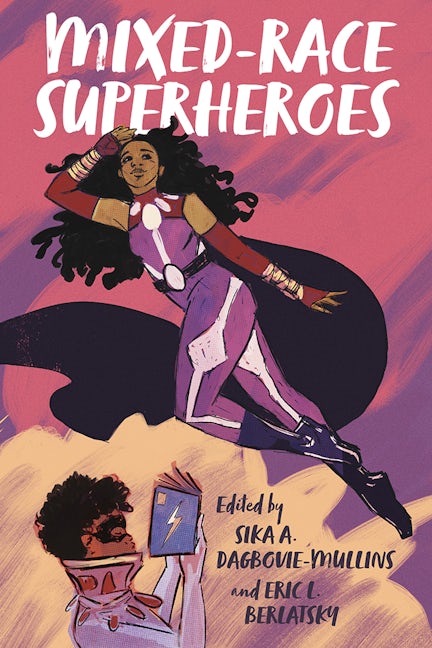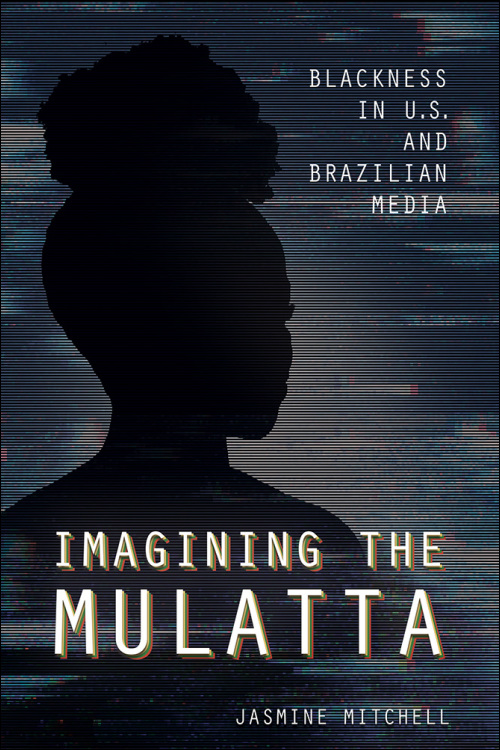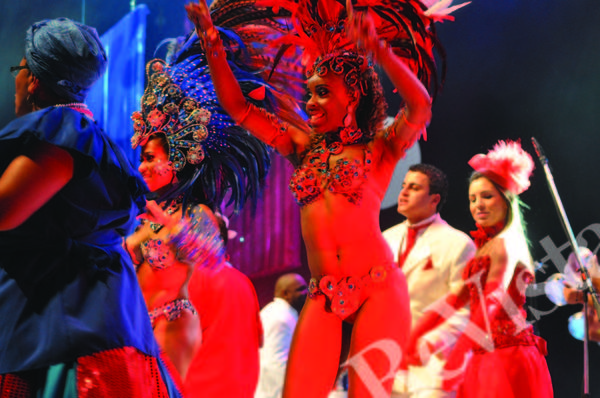Mixed-Race Superheroes
Rutgers University Press
2022-04-16
288 pages
24 color images
6 x 9
Paperback ISBN: 9781978814592
Cloth ISBN: 9781978814608
EPUB ISBN: 9781978814615
PDF ISBN: 9781978814639
Kindle ISBN: 9781978814622
Edited by:
Sika A. Dagbovie-Mullins, Associate Professor of English
Florida Atlantic University, Boca Raton
Eric L. Berlatsky, Associate Professor of English
Florida Atlantic University, Boca Raton

American culture has long represented mixed-race identity in paradoxical terms. On the one hand, it has been associated with weakness, abnormality, impurity, transgression, shame, and various pathologies; however, it can also connote genetic superiority, exceptional beauty, and special potentiality. This ambivalence has found its way into superhero media, which runs the gamut from Ant-Man and the Wasp’s tragic mulatta villain Ghost to the cinematic depiction of Aquaman as a heroic “half-breed.”
The essays in this collection contend with the multitude of ways that racial mixedness has been presented in superhero comics, films, television, and literature. They explore how superhero media positions mixed-race characters within a genre that has historically privileged racial purity and propagated images of white supremacy. The book considers such iconic heroes as Superman, Spider-Man, and The Hulk, alongside such lesser-studied characters as Valkyrie, Dr. Fate, and Steven Universe. Examining both literal and symbolic representations of racial mixing, this study interrogates how we might challenge and rewrite stereotypical narratives about mixed-race identity, both in superhero media and beyond.
Table of Contents
- Introduction by Sika A. Dagbovie-Mullins and Eric L. Berlatsky
- Part I Superheroes in Black and White
- 1. Guess Who’s Coming Home? Mixed Metaphors of Home in Spider-Man’s Comic and Cinematic Homecomings by Sika A. Dagbovie-Mullins
- 2. The Ride of the Valkyrie Against White Supremacy: Tessa Thompson’s Casting in Thor: Ragnarok by Jasmine Mitchell
- 3. “Which World Would You Rather Live In?” The Anti-utopian Superheroes of Gary Jackson’s Poetry by Chris Gavaler
- 4. Flash of Two Races: Incest, Miscegenation, and the Mixed-Race Superhero in The Flash Comics and Television Show by Eric L. Berlatsky
- Part II Metaphors of/and Mixedness
- 5. “Let Yourself Just Be Whoever You Are!” Decolonial Hybridity and the Queer Cosmic Future in Steven Universe by Corrine E. Collins
- 6. The Hulk and Venom: Warring Blood Superheroes by Gregory T. Carter
- 7. Monsters, Mutants, and Mongrels: The Mixed-Race Hero in Monstress by Chris Koenig-Woodyard
- 8. Examining Otherness and the Marginal Man in DC’s Superman through Mixed-Race Studies by Kwasu David Tembo
- Part III Multiethnic Mixedness (or Mixed-Race Intersections)
- 9. Talented Tensions and Revisions: The Narrative Double Consciousness of Miles Morales by Jorge J. Santos Jr.
- 10. “They’re Two People in One Body”: Nested Sovereignties and Mixed-Race Mutations in FX’s Legion by Nicholas E. Miller
- 11. Into to the Spider-Verse and the Commodified (Re)imagining of Afro-Rican Visibility by Isabel Molina-Guzmán
- 12. Truth, Justice, and the (Ancient) Egyptian Way: DC’s Doctor Fate and the Arab Spring by Adrienne Resha
- Acknowledgments
- Notes on Contributors
- Index




